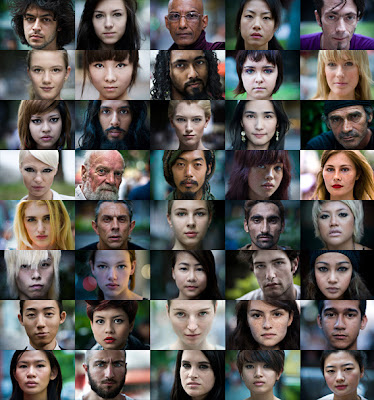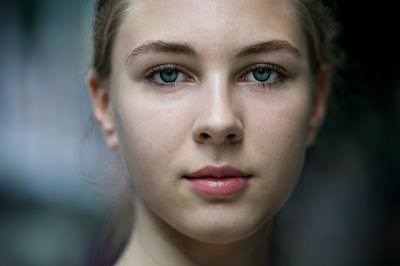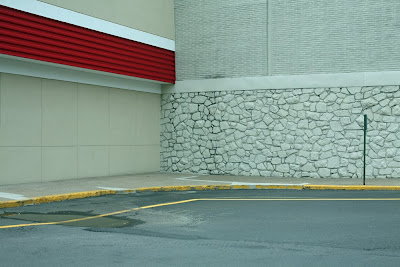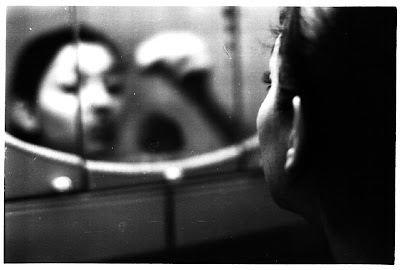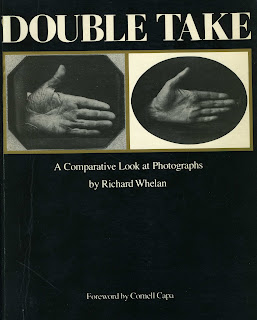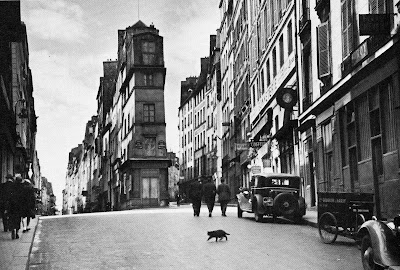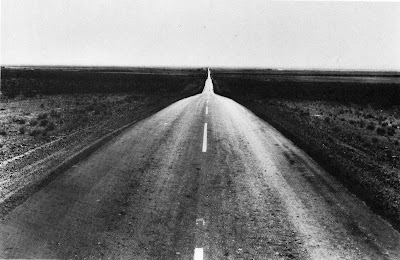With everyone in a frenzy over
Google+ as being the greatest thing to happen for photographers since the invention of instant film, I must say that one thing I have noticed right from the start is very little
(if any) film work being shared there. Maybe I am missing it through the fog of all the HDR Landscape images. Don't get me wrong, I am loving Google+ for many reasons and I think it will only get better. But I am hearing too many predictions about Google+ eventually killing off sites like
Facebook and
Flickr. Google+ is not the "
be all end all" for photographers, and never will be.
Who knows what the eventual outcome of the so called Google+ vs. Facebook war will look like, but I do not think Google+ will have much of an impact on Flickr and here is why... Google+ and Facebook are very similar platforms competing for similar activity, while Flickr stands well apart from these two as a unique way for photographers to share
and collate images.(
Twitter is not a photography platform, so excluded from this discussion) As important as it is to post your images on the internet and get feedback, it is just as rewarding to collect favorite images of others, add your images to groups of similar topic and subject matter, and sort out your place in the photo world. All of the big social networks are great for posting images and getting quick "
Gee Whiz" feedback, but only Flickr provides the ability to collect images and become a member of a few
(or hundreds of) specialized groups. Those of us who enjoy the obsessive nature of photography
(and isn't that all of us?) love nothing more than following our own particular groups of choice. (
Indian Kitchen,
Old Fashioned Ice Cream Stands, &
Children of Weegee are just a few of the many groups I follow on Flickr).
Since the beginning of the medium, photographers have been assembling into small groups and camera clubs to socialize, debate, argue, and share their images with like minded photographers, as well as exclude the non-like minded photographers who will then go out and form their own groups. (etc. etc... on down the line). Flickr provides this same
group think opportunity for today's internet photographer. Google+ and Facebook do not provide any solution to the desire to share our obsessions and formats in an intimate huddle with others. "Hey, you like images of
Retro Kitchens in Aqua, Pink & Yellow? Me too!"
Which brings me back to film. Lot's of it on Flickr. Tons of film obsessed photographers still posting their work into specialized groups like
Film Is Not Dead or
I Shoot Film, and a new one I just discovered called
Film Dev, a group that is linked to a web site of the same name, which describes itself as
a site for linking film developing "recipes" to photos on Flickr. Members of Film Dev post their results of specific film developing recipes to the Flickr group and everything is linked by tags. Just try to find an equivalent retro/geek based photo community on Google+
(not yet at least)
